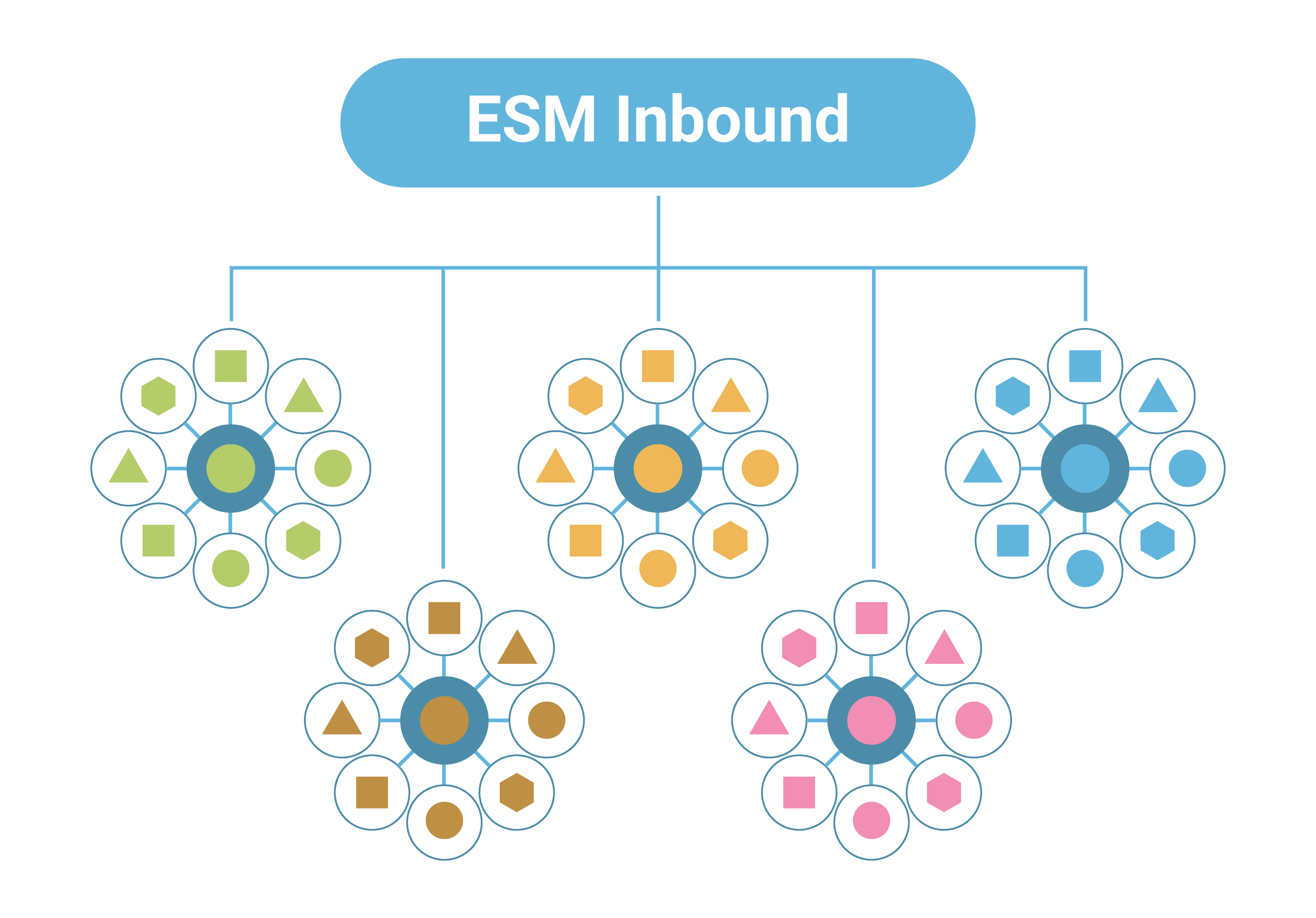
Get weekly
HubSpot updates
When it comes to creating great content that your target audience will really want to read online, there are a few simple but effective tips that can help you to improve your writing style for your online audience.
Keep it simple
By avoiding the use of overly complicated words in your copy, you will be much more likely to hold your audience’s attention until the end. If you regularly use a thesaurus when writing a blog, you may think it reads well, but others might not have a clue what you’re talking about.
The Flesch-Kincaid test is a good way to check if your content is readable and easy to understand. Yoast also includes this in its SEO content analysis, as it is believed to have an impact on your content’s chances of ranking. No one likes to feel stupid, and using language that confuses your potential customer is likely to put them off very quickly. A readability score of around 60 - 70 is about average for most website content.
Don’t panic about keywords
Although keywords continue to be an important part of your SEO strategy, when it comes to writing your copy, keywords that are relevant to your business should organically flow into your writing – rather than being stuffed in where it isn’t natural to do so. With every search engine update we see the focus moves closer to improving the algorithm to return the best results for the user. Therefore, by writing content that appeals to your user, you will be helping search engines achieve their goal.
Make navigating your writing easy
A study by Nielsen Norman Group found that people do not read online content in sequential order. Instead, they scan and choose sentence fragments to find the information that they are interested in.
By creating content that is ‘concise, scannable and objective’, you can experience an increase of 124% in comprehension among readers. Depending on the type of content you are writing, you can:
- Highlight key words and sentences;
- Use meaningful sub-headings;
- Use bullet points;
- Keep paragraphs focusing on just one thing;
- And remember, online content should have around half the word count compared to if you were writing for offline media.
Keep sentences short
A reader’s comprehension can vary greatly depending on the length of the sentence. A study by the American Press Institute found that when a sentence was made up of less than 8 words, readers understood 100% of it. If a sentence was made of 9-14 words, the average comprehension dropped to 90%. However if a sentence was as long as 43 words, the average comprehension fell to just 10%.
Align buyer personas and stage of the buying cycle
If you are creating blog posts for someone right at the beginning of the buying cycle, make sure the language and depth of knowledge you use reflects what the reader is likely to understand. By considering your buyer personas when crafting your copy, you will be able to make sure you are using their right context to get your point across to the right person with each piece of copy.
For example, if you were writing a blog about the benefits of inbound marketing for a business and you were looking to appeal to the finance team, then you will want all your call to actions and focus to be on what is important to this persona, which will be about how it can be much more cost effective than traditional marketing efforts.
With these tips, you can start to improve your writing style to create more appealing content and drive your audience to take the actions that you want them to take.
What are your tips for writing online content? Leave us a comment below!

